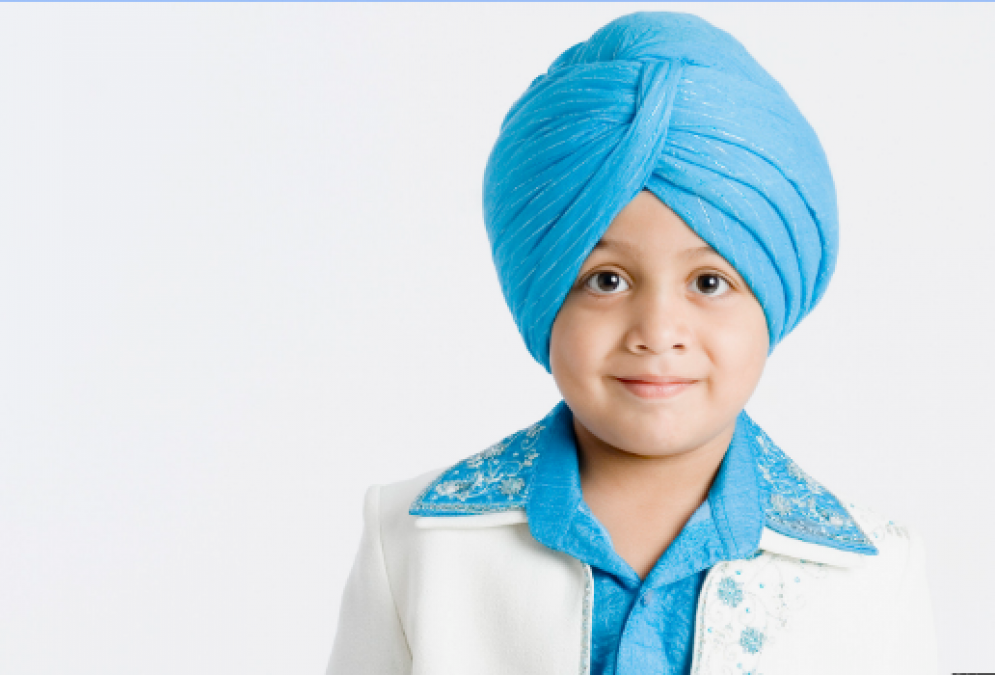
Joora is a Punjabi word which refers to a bun of hair, or topknot, wound around and secured at the top of the head. In Sikhism, joora refers to the topknot of the kes, the essential long, unshorn hair worn by Sikhs (who are forbidden, by religious mandates, to cut their hair). The joora is typically worn beneath the turban by devout Sikh men, women, and children. The joora may be twisted and secured atop the head by winding and knotting the hair, or wrapping the kes with a length of turban cloth called a keski. Sometimes hairpins or elastic hair bands are also used. A small, wooden kanga used to comb the kes is tucked into the joora.
also read Vedic scriptures and its revelation on Sikhism
The keski, a short under-turban, may also be used to hold the joora and kanga in place. The under-turban helps to form the base necessary for wrapping specific styles of turbans, such as a Sikh ladies' dastar. A joora is necessary to tie the patka. This is a square of turban cloth worn by many Sikh children to cover their kes and keep it neat. The patka is also worn by adults beneath the turban as the base for a pagri, a turban style worn by many Sikh men. The joora together with the keski forms the base for the Nihang style domalla, or double turban, worn by many devout Sikhs. Some women and youth may wear a low joora tied in a bun at the nape of the neck, and cover their heads with a short length of turban, chunni, scarf, or bandana.
Caring for the Joora The joora is often wound up into a knot while hair is wet, and may cause discomfort as hair dries and tightens the bun. Tying the joora with a tight rubber band may also pull the hair. Mothers often oil and plait a child's kes tightly, sometimes in two sections to prevent stray hairs and wind the braids together into a joora at the top of the child's head. It is important when tying any joora to prevent it from pulling the hair too tightly, as it may cause thinning of hair, a receding hairline, and ultimately permanent hair loss. Balding men, or devotees letting their hair grow out, may tie a length of keski to take the place of a joora in order to make a base for the turban.
Civil Rights Concerns Sikhs stand out in public places. The joora produces a unique and visible bulge beneath the turban that can cause curiosity and even result in suspicion. The bulge of the joora is especially visible when wearing a patka. Nearly half of Sikh students have been teased while at school, and even bullied by classmates. All school children are protected from harassment by civil rights. The unique appearance of wearing joora beneath turbans may concern employers. However, workers who experience discrimination are protected by civil rights laws.
The distinctive appearance of a joora tucked with a kanga worn beneath a turban may cause concerns about airport security when flying. It's important when traveling know your rights regarding turbans and TSA regulations. Also Known As: A joora may be referred to in English as a topknot, rishi knot, or hair bun.
also read Sun Saptami will be celebrated on 26 May; know its importance and benefits